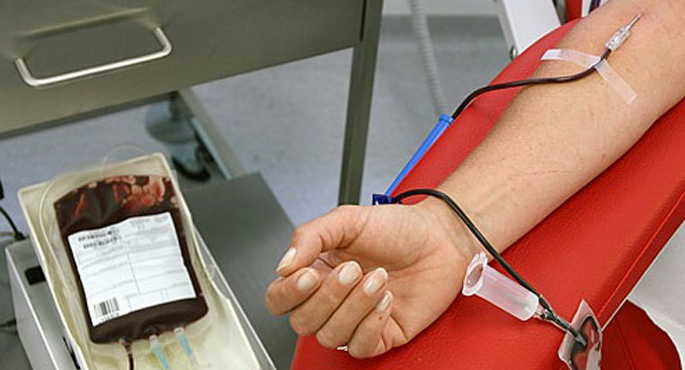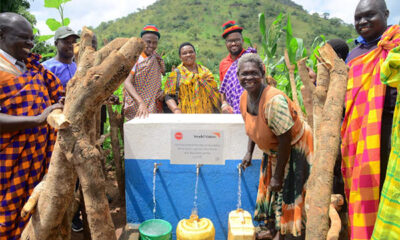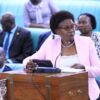Health
Blood shortage; symptom of poor governance, donor dependence
The shortage caused outcry across the medical fraternity with medics expressing disappointment at the dysfunctional state of the health sector.
The shortage has captured international attention with a recent report by the BBC exposing the dire situation. Dr. Mukuzi Muhereza, the General Secretary of the Uganda Medical Association (UMA).
Muhereza revealed that the Uganda Blood Transfusion Services (UBTS) also known as the blood bank has just 100 units of blood in stock as opposed to the 1000 needed every week to carry out operations or give it to mothers in labour.
But the Ministry of Health’s Permanent Secretary Dr. Diana Atwine blamed the shortage on lack of funds to facilitate that UBTS to move across the country to collect blood.
Atwine featured at the same news conference at the Uganda Media Centre where the Finance Ministry was announcing the release of funds for the third quarter of financial year 2017/18.
Atwine recently said: “As the population increases, of course, there will also be an increase in the demand for the blood. We need funds so that we fix the funding gap that still exists in the blood section. Our request is already in the Ministry of Finance, and we are yet to see their reply.”
Blood shortage is still a nationwide problem. Last week the MOH launched a six- day nationwide blood collection exercise to address this problem. However, much more is still needed to stop this problem.
According to World Health Organization (WHO), Uganda needs at least 340,000 units of safe blood yearly but manages to collect just 200,000 units a year.
The dire blood situation appears to have triggered an angry response from the US Ambassador to Uganda Deborah Malac, as shown by the government’s failure to take queue from her government’s support to the health sector.
Ambassador Malac said: “The US government provided infrastructure, training, equipment, and supplies for the Uganda Blood Transfusion Service for 13 years, until September 2017, so that UBTS had the capacity to ensure blood safety.”
“The Government of Uganda was fully aware that US government funding for UBTS would end in September 2017, after many years of investment. While the GOU is proposing health budget cuts, the US invests approx. $500 million annually in Uganda’s health sector. To keep Uganda’s population healthy with vital services like UBTS, the GOU must invest more.”
Keith Muhakanizi, the Permanent Secretary in the Ministry of Finance, Planning and Economic Development, promised he will release some money to the UBTS. Muhakanizi urged that effort needs to be made instead to reduce the demand for blood so that money is saved investment into development projects.
Muhakanizi said: “We are in a process of filling the gap in infrastructures. We must pay the price of making priorities in favour of these projects which has led to some debts, but we shall sustain that. However, the room for resource allocation flexibility is too little and this is not only in Uganda but it is in most of African countries.”
Atwine responded saying the blood shortage is a problem of poor prioritization. Indeed, in the just released budget proposals, the government is planning to increase pay for parish chiefs, who are not in the mainstream public service structure.
Atwine said: “There is not any day money will be enough. But we need to prioritize our budget to fit the needs of the Ministry. Since there are many diseases affecting our population, it means that development will never take place in the sickly population; therefore, we need to know which is first and last. I don’t buy the issue of not having enough money, as we have to make sure that the public funds are allocated to priority areas.”
Sophie Nampewo, a budget policy specialist from the Civil Society Budget Advocacy Group (CSBAG), observed that the Health Sector Development Plan (HSDP) FY2015/16, FY 2019/20 highlighted 11 results and 41 indicators that will enhance the health sector.
However the Budget Framework Paper BFP 2018/19 only points out four areas which are not synchronized with what the HSDP details.
“With such development, we are not sure about where information that was input in the BFP came from, since it disregards what sector plans say. According to the HSDP the health sector needs 3.528 trillion shillings to effectively deliver the health services to Uganda. There must be stronger coordination between Office of Prime Minister and Ministry of Finance in streaming the BFP approach to improve inconsistencies noted between sector outcomes output.”
Comments























